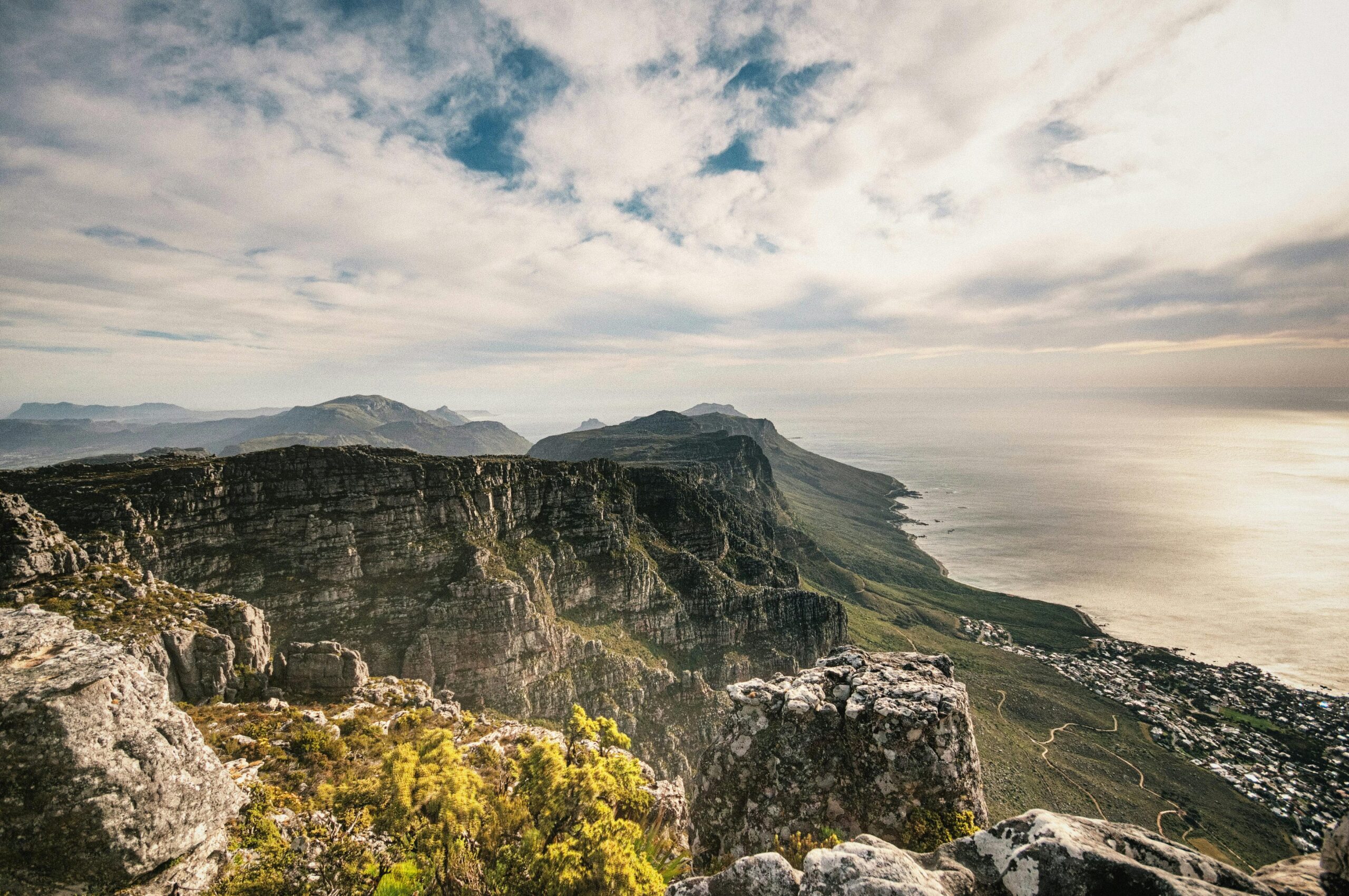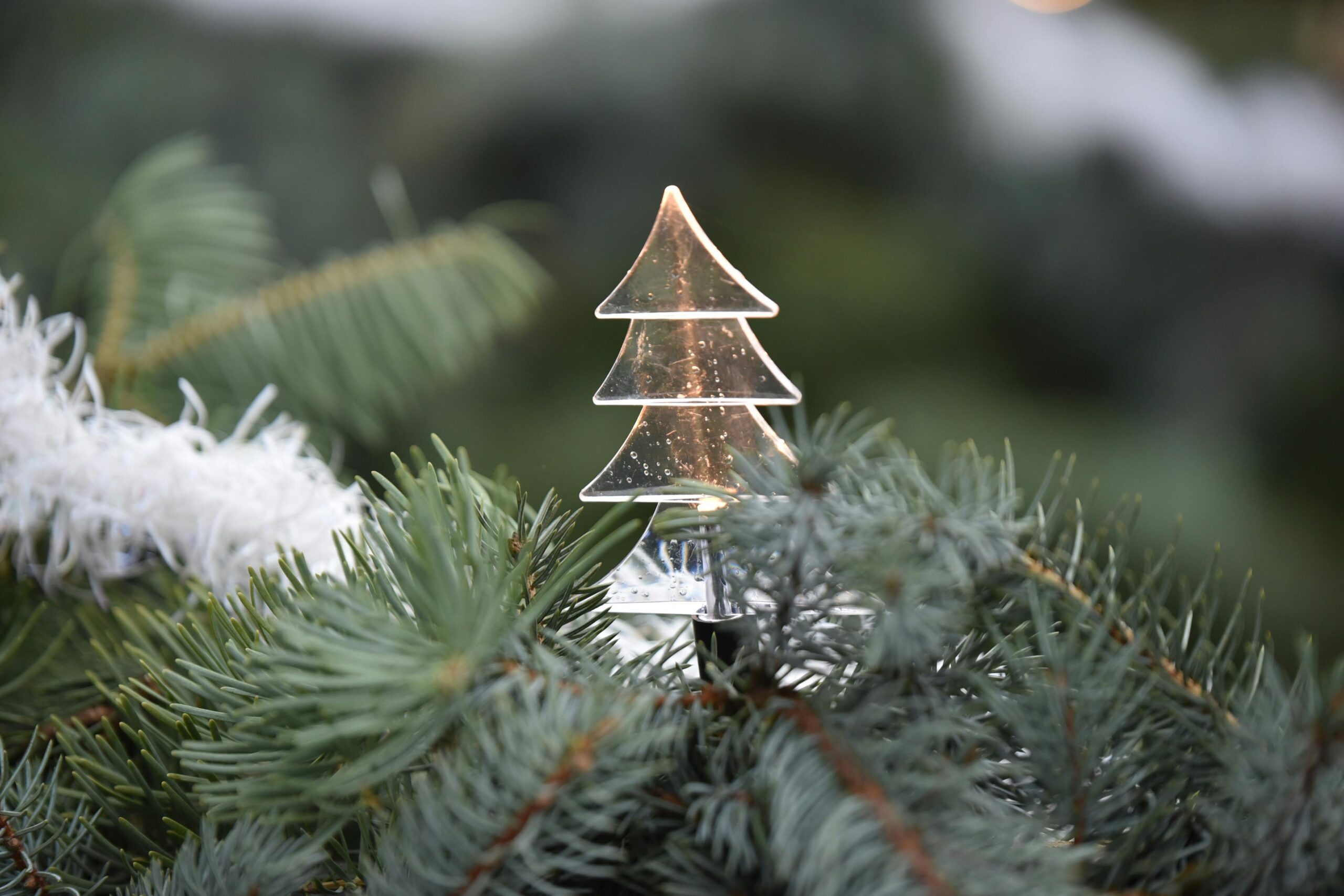Stroll along a South Africa hiking trail and every step will reveal a new splash of colour and life. The magic of spring blooms in South Africa transforms the landscape into a living canvas with an array of wildflowers. Whether you’re a seasoned hiker or a curious traveller, discovering this annual floral display offers an unforgettable experience. Ready to uncover the best hiking spots that come alive with botanical diversity? Let’s wander through these trails and see what’s in bloom!
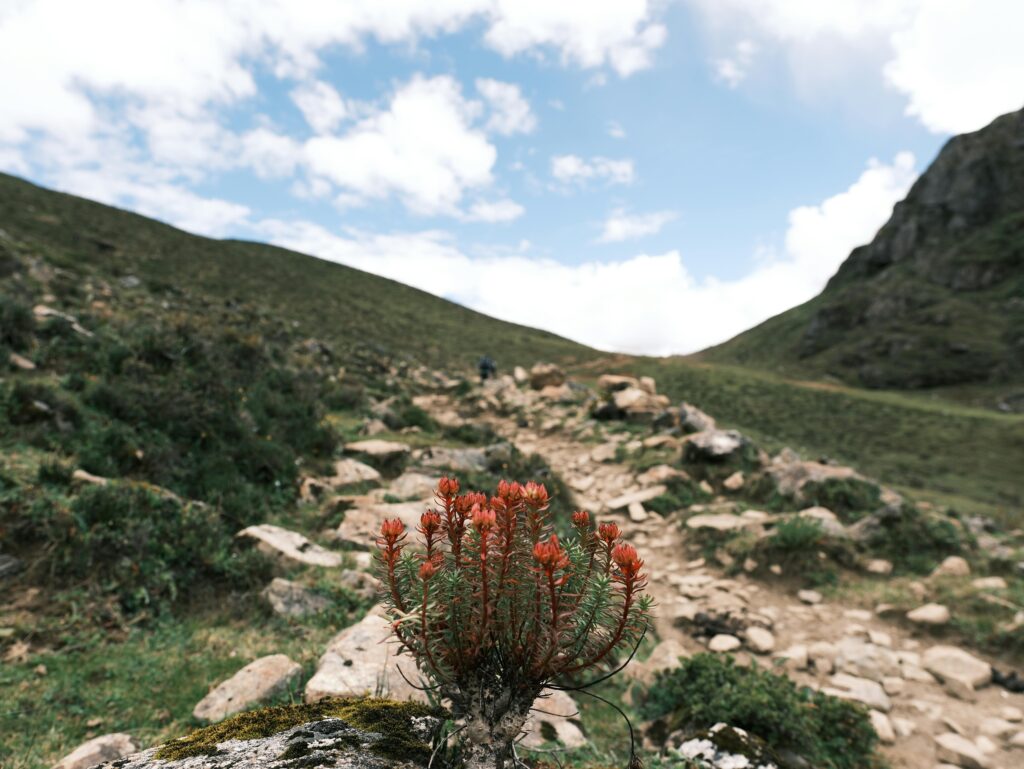
Image courtesy of tee Lau. Published on: February 25th, 2025. Source: pexels.com
Enjoying the best of the spring blooms
South Africa boasts some of the world’s most breathtaking hiking trails, each offering a unique glimpse into the country’s rich botanical heritage. From coastal paths to mountain routes, these trails showcase the diverse landscapes and flora that make the Rainbow Nation a hiker’s paradise.
Spring in South Africa brings an explosion of colour to the hiking trails. The Western Cape, in particular, becomes a hotspot for flower enthusiasts.
The Postberg section of the West Coast National Park is a must-visit during wildflower season. From August to September, the landscape transforms into a carpet of vibrant colours. For a more challenging hike with equally stunning views, the Cederberg Wilderness Area offers trails through fields of iconic orange daisies and purple vygies.
The Namaqualand region in the Northern Cape is famous for its springtime flower displays. Here, you’ll find fields of daisies, vygies, and other colourful blooms stretching as far as the eye can see.
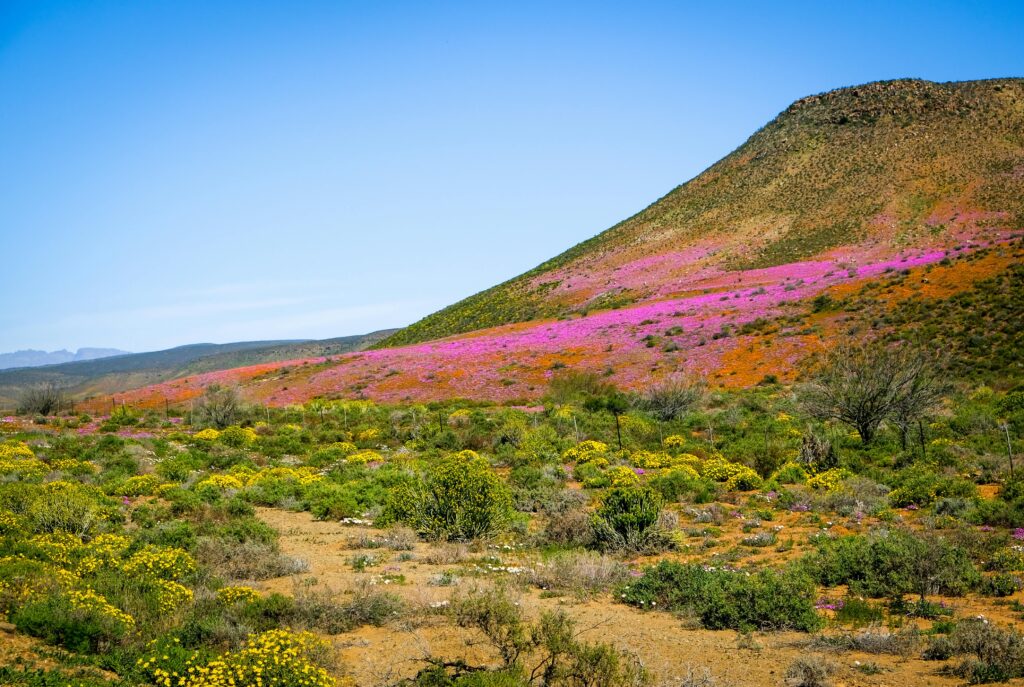
Image courtesy of Magda Ehlers. Published on: September 7th, 2020. Source: pexels.com
Flora in South Africa’s wild
South Africa’s diverse ecosystems support an incredible variety of plant life. From tiny succulents to towering trees, the country’s flora is as diverse as it is beautiful. The fynbos region, found primarily in the Western Cape, is home to over 9,000 plant species. Fynbos is part of the ‘Cape Floral Kingdom’, by far the smallest of the world’s six floral kingdoms, and one of the most diverse. a UNESCO World Heritage site, you can spot unique species like the king protea and various types of ericas.
with species that can’t be found anywhere else in the world.
On the Otter Trail along the Garden Route, hikers can spot proteas, South Africa’s national flower, alongside a rich array of coastal vegetation. Proteas have a cultural significance that extends beyond their beauty, as any cricket fan can tell you.
The Drakensberg mountains offer a different but equally fascinating botanical experience, with grasslands and alpine plants dotting the high-altitude trails.
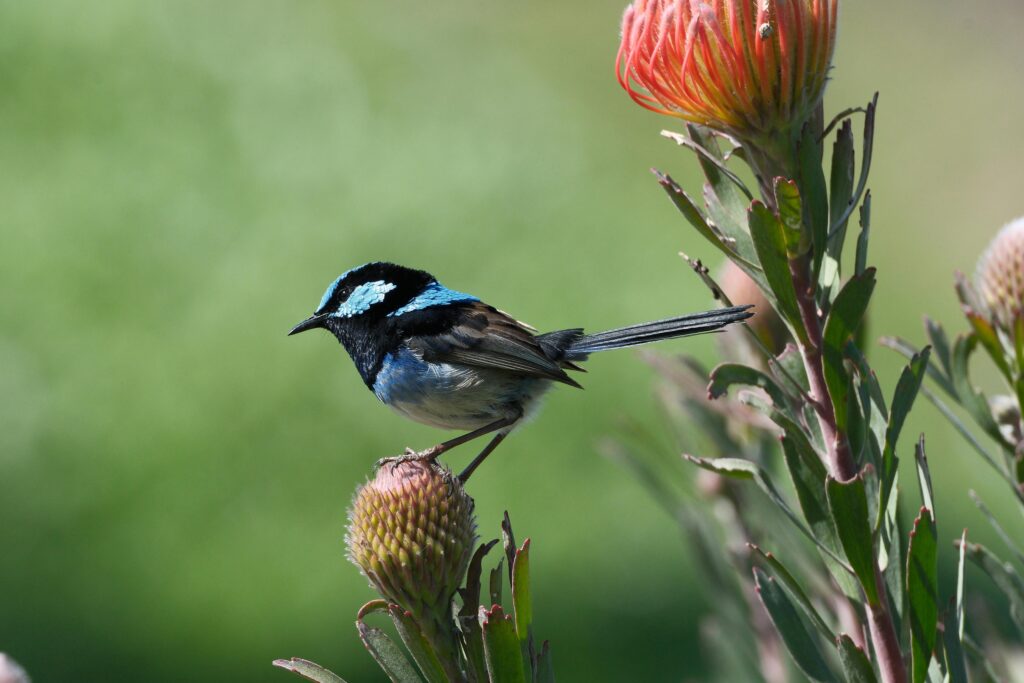
Image courtesy of Walter Coppola. Published on: September 11th, 2025. Source: pexels.com
Hiking season highlights
The best time for hiking in South Africa varies depending on the region and the plants and flowers you most want to see. Spring and early summer (August to November) is ideal for wildflower viewing in many areas.
The summer rains (December to February) bring lush greenery to the eastern regions, perfect for exploring the Drakensberg or the Wild Coast. Summer brings lush growth and flowering aloes in many regions. The Aloe arborescens, with its bright red flowers, is a common sight along coastal trails.
Autumn (March to May) offers mild temperatures and beautiful foliage changes in certain areas, making it a great time for longer treks. In autumn, look for the golden hues of turning leaves in areas with deciduous trees, like parts of the Drakensberg.
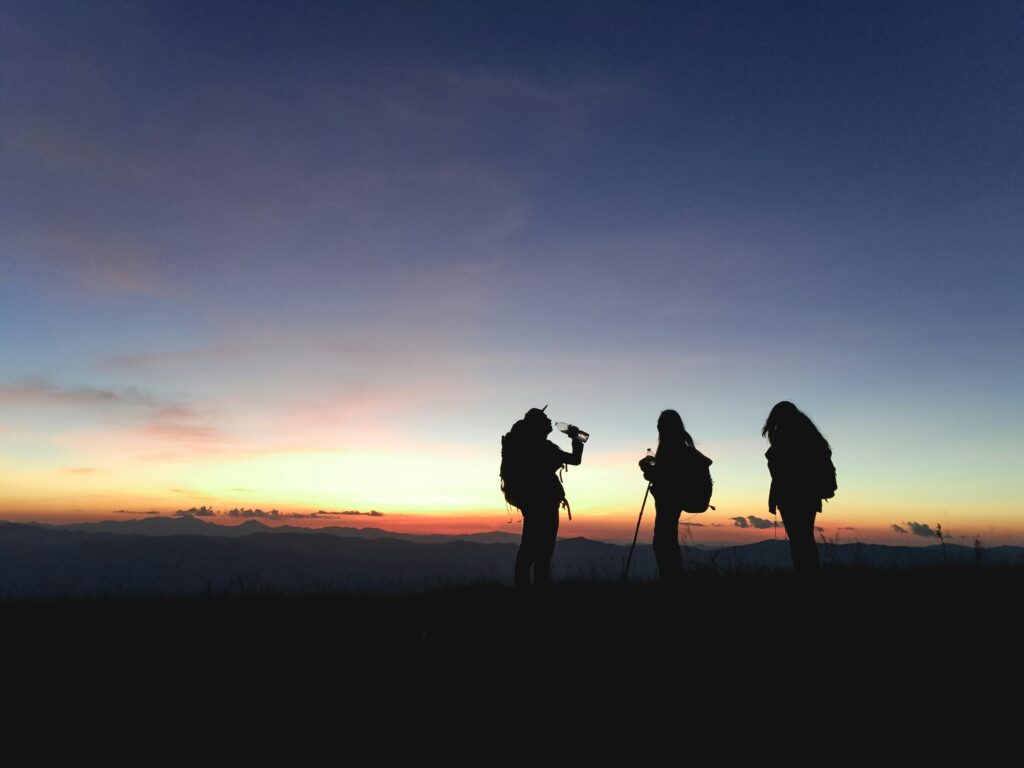
Image courtesy of Tirachard Kumtanom. Published on: June 27th, 2017. Source: pexels.com
Unique plants to spot
South Africa’s trails offer opportunities to see some truly unusual plants. The quiver tree, with its distinctive silhouette, can be spotted in the Northern Cape.
In the Eastern Cape, the Baviaanskloof Wilderness Area is home to the rare Cyrtanthus staadensis, a beautiful red flower found nowhere else on Earth.
Keep an eye out for the striking red hot poker plant along streams and wetlands throughout the country.
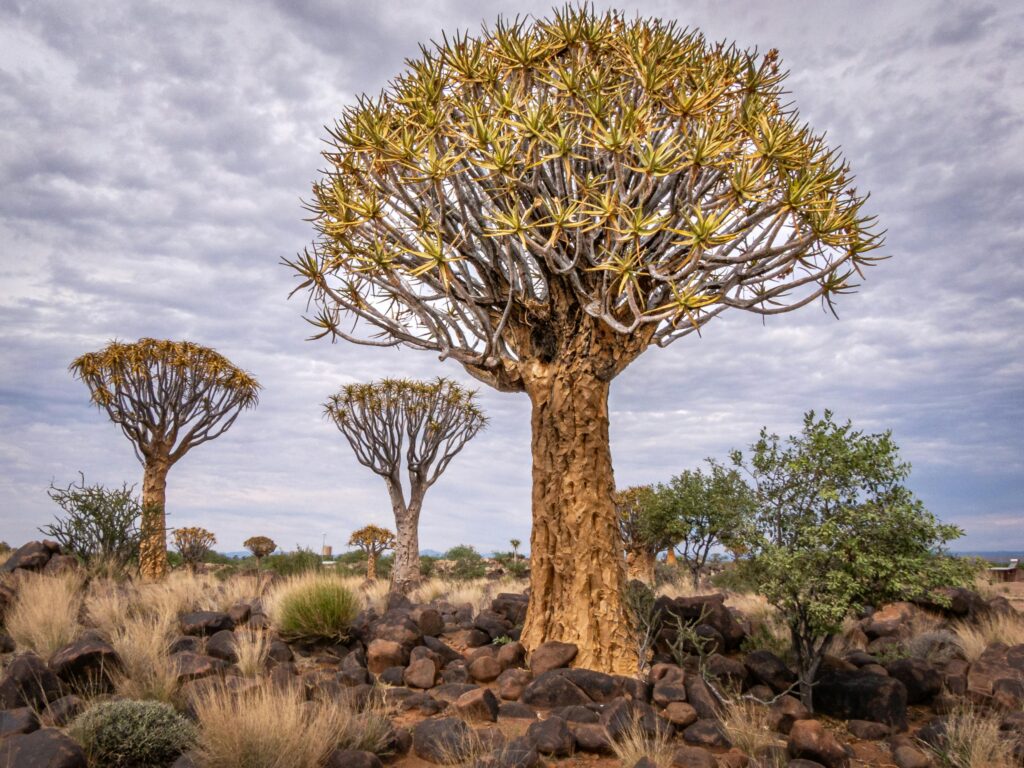
Image courtesy of Retro Wiezel. Published on: October 3rd, 2023. Source: pexels.com
Planning your hiking adventure
Preparing for a hiking trip in South Africa requires some planning to ensure you get the most out of your botanical adventure. Here are some tips to help you make the most of your journey.
Top tips for trail enthusiasts
- Research the best time to visit for the flora you want to see.
- Check trail conditions and difficulty levels before setting out.
- Respect the environment and follow Leave No Trace principles.
Always inform someone of your hiking plans and expected return time. This is crucial for your safety, especially on remote trails.
Consider joining a guided hike if you’re new to an area. Local guides can provide valuable insights about the plants you’ll encounter, as well as insights into local history and culture.
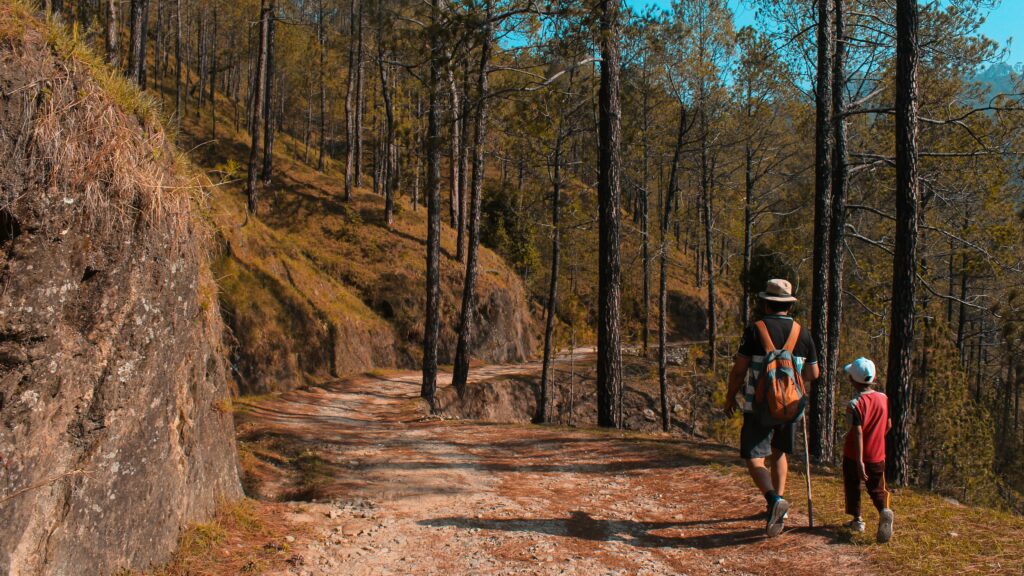
Image courtesy of Yogendra Singh. Published on: October 2nd, 2018. Source: pexels.com
Essential gear for nature walks
Proper gear is crucial for a safe and enjoyable hiking experience. Here’s a quick checklist:
• Sturdy hiking boots
• Weather-appropriate clothing (layers are key)
A small backpack to carry everything
• Sun protection (hat, sunscreen, sunglasses)
• Plenty of water and snacks
• First-aid kit
• Camera for capturing the beautiful flora (or just use your smartphone)
Don’t forget a good field guide to help you identify the plants you’ll see along the way, and a small magnifying glass can be helpful for examining tiny flowers and plant details up close.
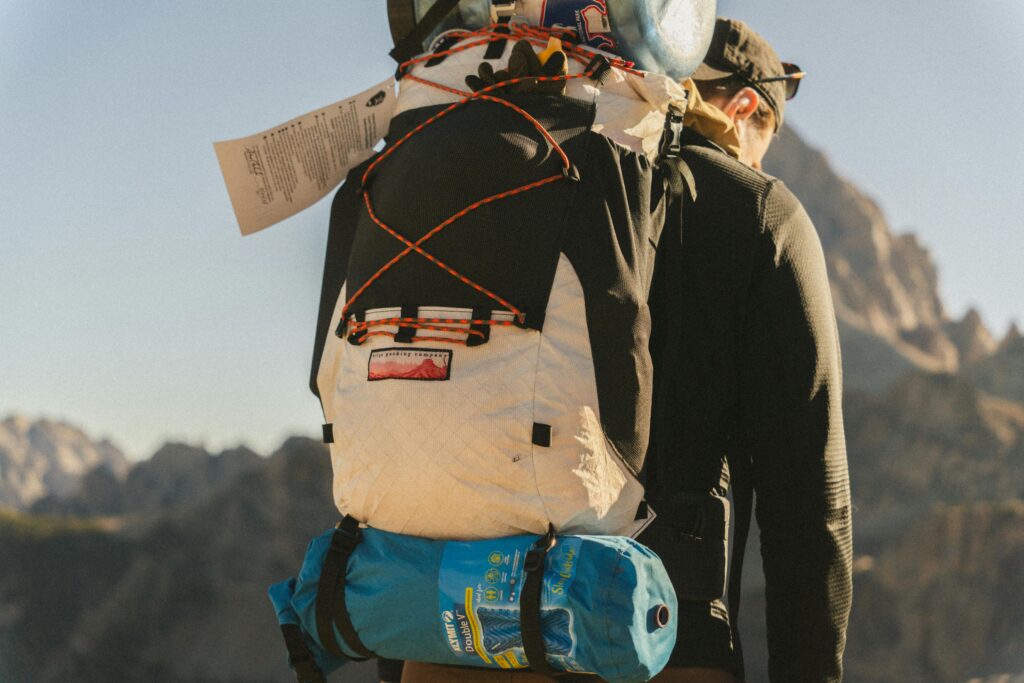
Image courtesy of Alex Moliski. Published on: October 7th, 2025. Source: pexels.com
Safety and enjoyment on the path
Safety should always be your top priority when hiking. Stay on marked trails and be aware of your surroundings.
Be prepared for changing weather conditions, especially in mountain areas where temperatures can drop quickly.
Take time to stop and appreciate the small details. Some of the most interesting plants might be right at your feet!
Last but not least. remember to leave flowers and plants as you find them, so that others can enjoy them too. Taking photos is the best way to preserve your memories without harming the environment.

